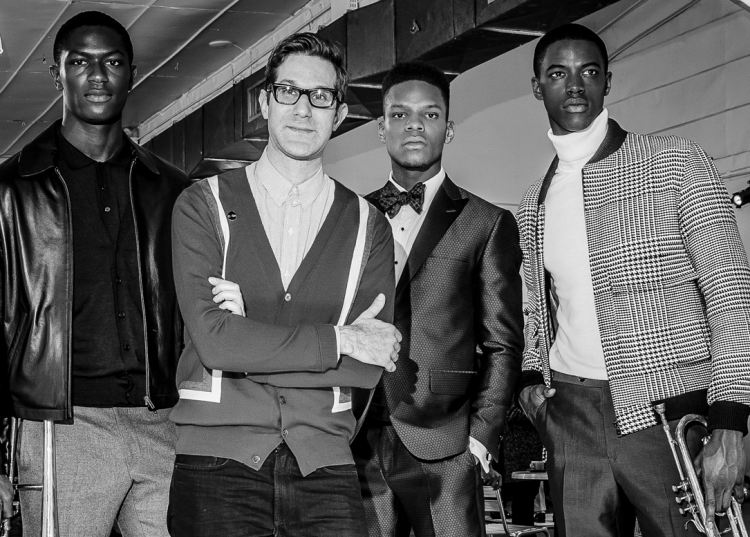When Inspiration Does Not Equal Appropriation

The fashion industry is lacking in something rather obvious. It is not creativity or originality. Nor is it something abstract and subjective like "excitement." It is diversity. And as glaringly lacking as it is on that point, and even bigger problem could be that the fashion industry tends to neglect giving credit where credit is due–and this is cultural appropriation.
Valentino's SS16 collection, inspired by "wild, tribal Africa," utilized a variety of African motifs from cornrows to accessories crafted to resemble shells. Out of 87 looks, only eight of them were displayed on black models. Junya Watanabe's SS16 Menswear collection under the theme "Faraway" used a variety of African fabrics, artifacts, and hairstyles and failed to feature at least one black model in the show. Even fast fashion brands, like repeat offender Urban Outfitters, are guilty of appropriation. Most recently, Mango came under fire for their "Tribal Spirit" campaign, which takes inspiration from the African savannah yet stars white model Kendall Jenner.
Model Karlie Kloss dons a feather headdress at the Victoria's Secret 2012 runway show. Image Credit: Business Insider.
The issue here is not that designers and brands are finding inspiration from cultures other than their own. Cultural exchange can create a more expansive and enthralling world for fashion and its fans to enjoy. However, when popular fashion takes motifs, like the Native American headdress, and flaunts them on a runway far removed from their native context, it creates a narrative that disregards the original purpose and debases cultural significance. Actress Amandla Stenberg touched upon this in her viral video "Don't Cashcrop my Cornrows" in regard to black women's hair, but we're not here to discuss past shortcomings. We're here to acknowledge and celebrate progress. Let's talk about David Hart.
February 1 officially kicked off Black History Month. It was also the first day of showings at the second annual New York Men's Fashion Week, where young American designer David Hart presented his Fall/Winter 2016 line, heavily inspired by the Blue Note Jazz era. During the 1950s, black musicians and artists like Miles Davis and Billie Holiday came to define a cultural chapter of African-American history. Given the influence of the era, and the fact that Hart's father is a jazz musician, referencing the Blue Note period made perfect sense.
But what made the collection stand out so much was the fact that Hart, a white man, used a cast exclusively of black models to showcase his work. The tailoring and fabrics helped to portray the theme of the collection well, but the use of only black models paid homage to the era and the people who kept it alive. With this, Hart achieved the cultural exchange that so many designers aim for but so often miss.
Image Credit: David Hart.
So is Hart's collection a step in the right direction in terms of diversifying the fashion industry and the cultures it represents? Absolutely. Hart's collection is a reflection of the world in which fashion resides: a diverse one. It shows that you can incorporate parts of a culture and weave them into your work without stealing them. But do I expect the fashion industry to follow Hart's lead? Not immediately. Progress does take time, and although hiring models of color in fashion shows is something so simple, many designers have made rather feeble attempts to do so up to this point. But at the end of the day, progress is progress. So for now, let's just give credit where credit is due and make sure Hart receives the acknowledgement and round of applause he deserves.









